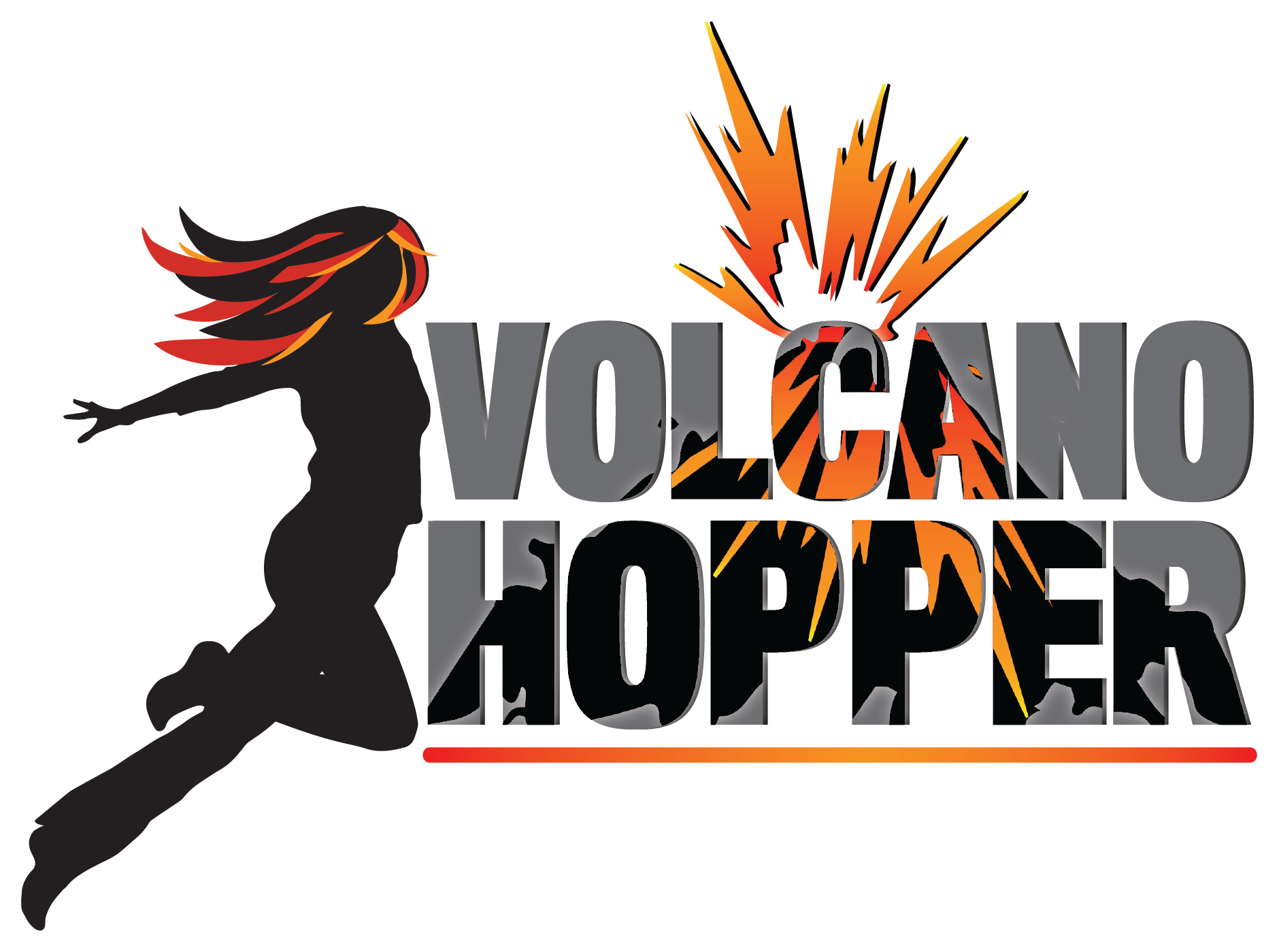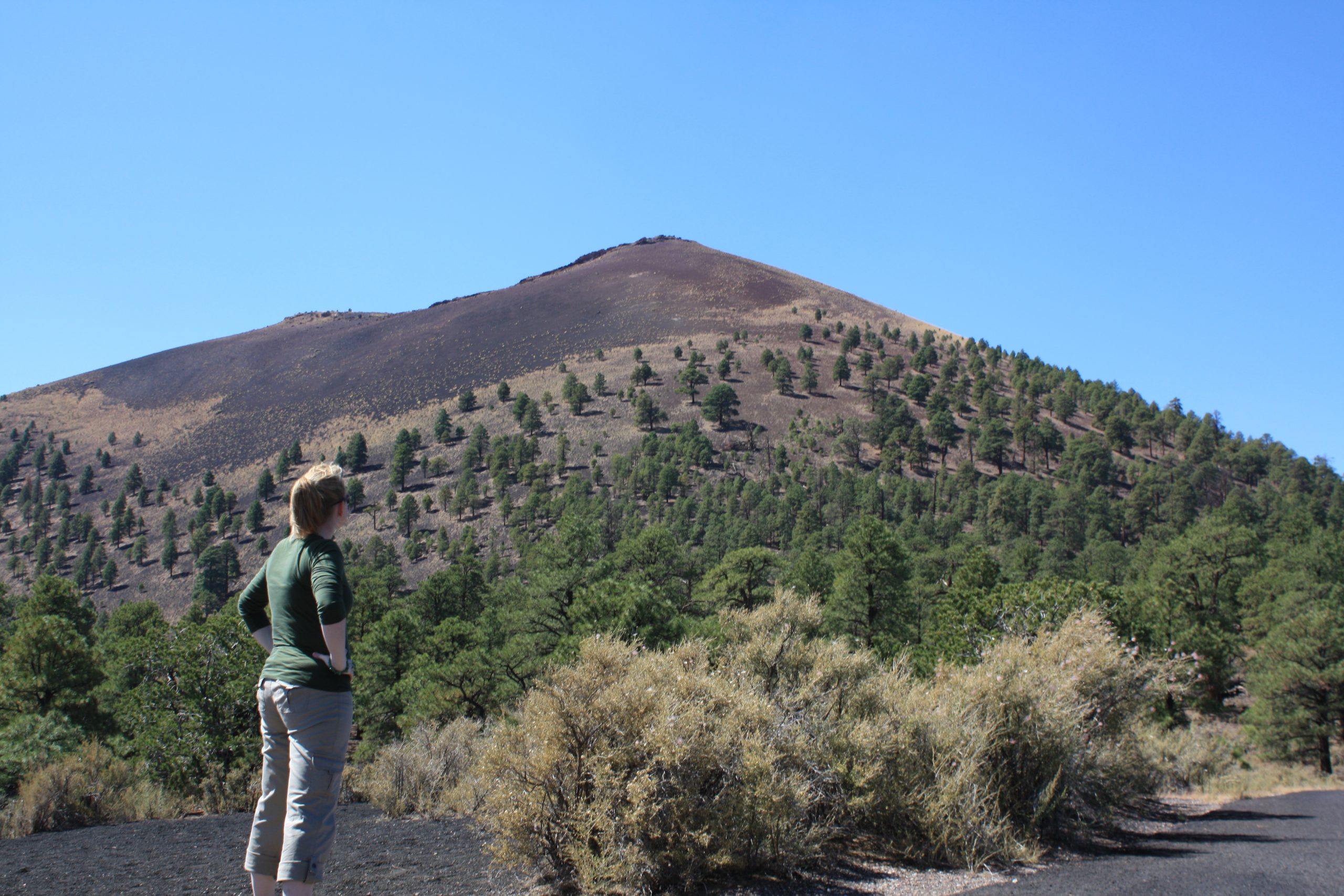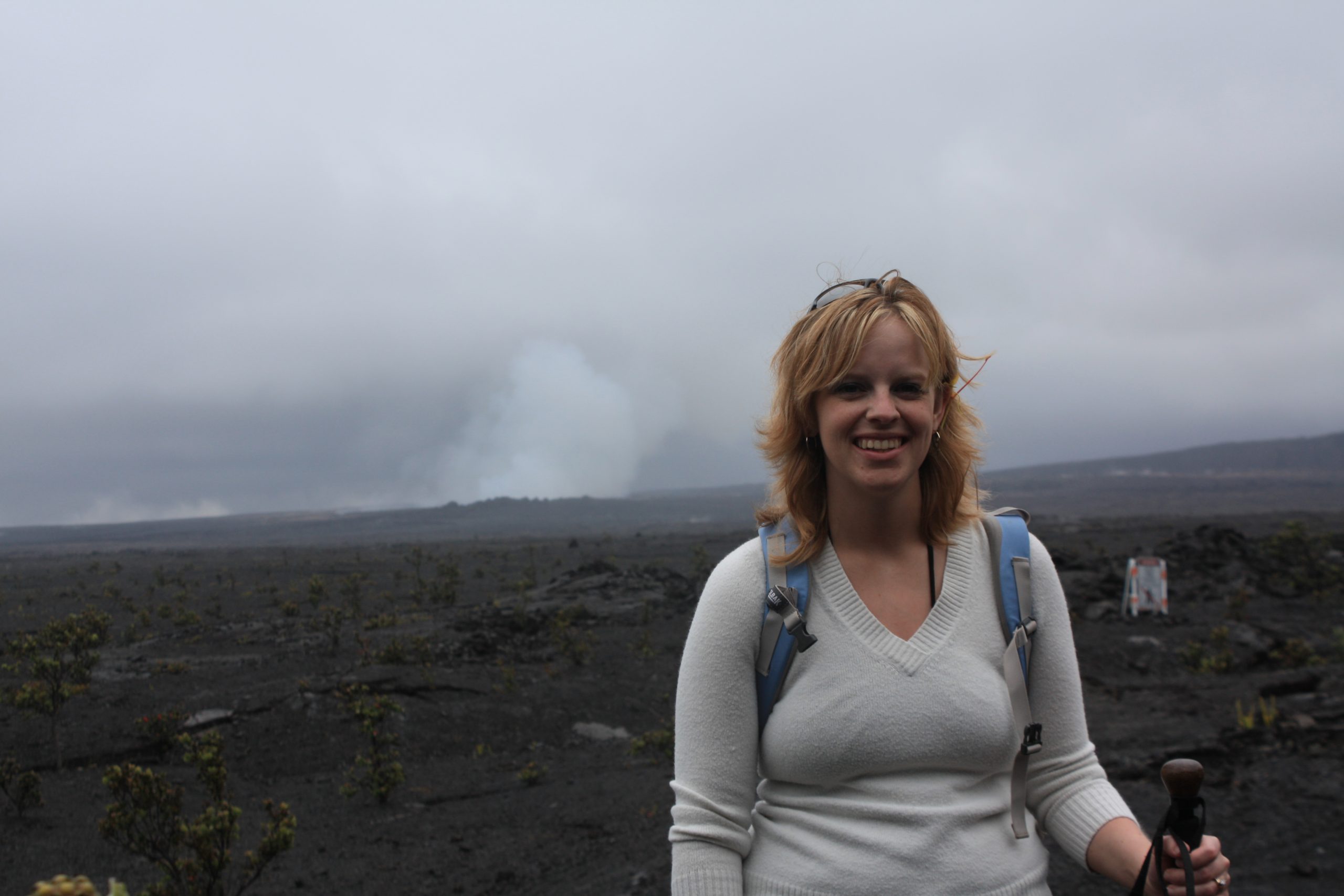Vital Stats:
Name: Sunset Crater
Volcano Type: Cinder Cone
Eruption Status: Dormant
Last Eruption: approximately 1085 CE
Location: 35.3642° N, 111.5040° W,
Northeast of Flagstaff, AZ, USA
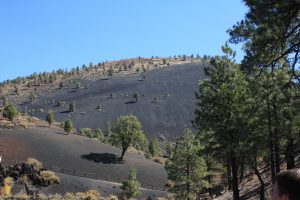
Part 1: Heated History
The midday sun scorches the earth with its white light. You wipe a slick of sweat from your brow with the back of your hand. Leaning on your spade, you stop to survey the long rows of hard-packed earth where you will plant the seeds you gleaned from last year’s harvest. In six months, the crop will be ready to feed the hungry mouths of the village.
You smile at the thought of your wife grinding maize into flour on the hearthstone while your youngest plays nearby with a doll made from the husks. Your son practices throwing a spear outside, anxious to join the hunt this fall for the first time. You’ll teach him the things your father taught you, and his father before him.
A low grumbling fills your ears. You lift your spade, hand at the ready on your knife. Has the puma come down from the nearby hills again? As the ground quivers beneath your feet, you realize it’s just another earthquake. They happen frequently around here. Perhaps a little too frequently in recent days.
The heat chafes your tongue and you reach down for the water skin. Thirsty as you are, the water tastes of rotten eggs and dirt. Your nose scrunches as you gulp it down. Hopefully the search party will be able to find a new source of water. Between the earth shakes and the tainted water, the gods must be angry. A sacrifice should be made.
The ground trembles again, then bucks hard like a bronco. The entire world rattles. The dirt you’ve worked hours to unearth tumbles back into the holes. A fountain of ash bursts through the field in front of you, spewing rock a thousand feet into the air.
You stumble backward from the force of the explosion. Your heart pulses in terror and fascination as the plume grows. As rocks fall like rain around you, you turn and race into the village. Your tribe must be warned.
Despite chants and prayers, and offerings to the gods, the eruption does not cease. They sky grows dark and the mountain glows a constant, hellish red; an opening directly to the underworld. Projectiles scream through the air. The air is filled with a thick cloud of ash that is impossible to breathe. By morning, a new mountain stands where your crops once grew. Down the cinder slopes slides a tarry black lava that devours everything in its path.
By afternoon, the fields are covered in ash and cinder up to your waist and the lava has reached the edge of your tribe’s village. It lights one house on fire, and the flame spreads like a wildfire. As the blaze spreads, you scoop your daughter into your arms and sling a buffalo hid pack of belongings onto your back. You push your wife out the door, your son to follow. And with the rest of the village, you flee for your lives.
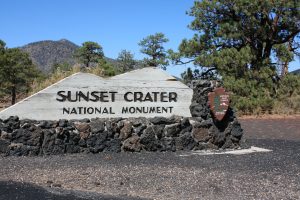
Our first stop as we entered Sunset Crater National Monument was an unimposing visitor center off to the right of the road. Stepping inside the cabin-like structure, we came face to face with relics of this place’s past. There had once been villages here; farmland, hunting grounds. Remnants of the Sinagua culture. And they left almost everything behind in a hurry for us to find years later.
In the museum, we came across beautifully decorated clay pots. Some were still fully intact. There was a cornhusk doll that, while in a very bad state of repair, must have been a kid’s favorite toy. Farming tools, hunting arrowheads and bows, even crushed maize in a pot waiting to be cooked. Further down the road are ruins and pit houses that were filled with ash and cinder. They still stand as a silent reminder of the thriving life that once went on here.
It appears that the Sinagua had enough time to evacuate; there is no evidence that anyone died in the area surrounding Sunset Crater due to the eruption. But after the mountain grew to its current height of a thousand feet (300 meters), and the volcano calmed its spunky self down, the area immediately surrounding the crater was uninhabitable, and unfarmable. Lava flows that are meters thick still blanket the area. There was no choice. The tribes who had lived here for hundreds of years migrated to areas nearby that were more suited to farming.
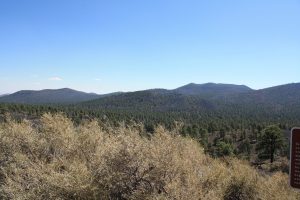
Present-day Hopi and Zuni people are the descendents of the Sinagua who were displaced by the eruption 900 years ago, and the stories of this famous eruption live on through their rich oral tradition.
But the story doesn’t end there. John Wesley Powell came across the silent crater and stunning volcanic landscape on his explorations of the West. He dubbed the volcano Sunset Crater from the yellow and red minerals at its rim. It became a bit of an attraction, and in the 1920’s, a film company wanted to make the volcano erupt again – by blowing it up with a few tons of dynamite. There was public outcry: cinder is relatively fragile once it’s settled, and hitting it with explosives would literally dissolve the volcano. Not to mention that the surrounding historical areas would likely be damaged from the fallout. The National Park Service eventually took control of the land surrounding the volcano, and eventually created the protected national monument we know today.
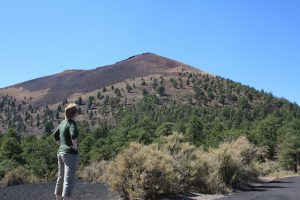
I wonder what the Sinagua people living in this area must have thought when this volcano grew overnight out of their fields. The mountains nearby are also volcanic; had they witnessed other eruptions before? Or did they think that this was the act of an angry god? What a shock it must have been to see a mountain form right in front of your eyes, and how difficult it must have been to leave the land that your family had settled for hundreds of years.
This particular story reminds me of the 1943 eruption of Parícutin in Mexico. Parícutin, very much like Sunset Crater, popped out of a cornfield right in front of the owner’s eyes! There was much more information to be had by the 1940’s, but imagine the surprise! And like Sunset Crater, the ash and lava wreaked havoc on nearby communities. History has a tendency to repeat itself, and what a treat to be able to learn so much about the Sunset Crater volcano by watching Parícutin’s birth!
Up Next: Time to hop! I’ll walk you through the lava flows and show you a thriving volcanic landscape.
Copyright © 2017 Volcano Hopper. All rights reserved.
